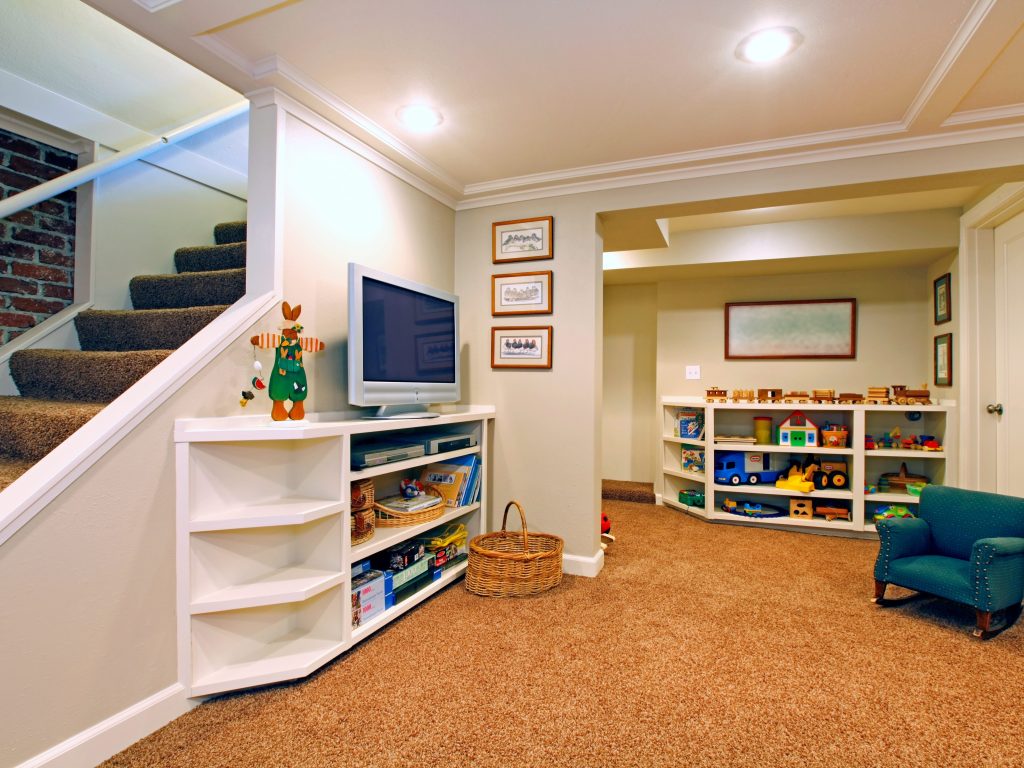
Understanding BS 8102:2022 – Waterproofing Standards Explained
BS 8102:2022 is the current British Standard for protecting below-ground structures against water ingress. If you’re thinking about starting a basement waterproofing project, you’ll need to understand what it covers and what’s changed.
What is BS 8102:2022?
It is a universal code of practice used across Britain. The standard covers the design and installation of waterproofing systems in basements and other underground spaces. It sets the benchmark for how buildings are protected from groundwater, the water table and other sources of moisture. It was initially introduced in 1990 and last updated in 2009; the latest revision, which landed in 2022, reflects changes in materials, risk assessment practices, and expectations for robust and maintainable waterproofing solutions.
Summary of Changes in BS 8102:2022
The 2022 update wasn’t a small tweak – several sections were overhauled. Here’s a quick breakdown:
- Risk Assessment is now central: Designers must document a full risk assessment before choosing a waterproofing system.
- Combined Systems are encouraged: Dual protection (e.g., combining Type B and C) is often needed, especially for Grade 3 environments.
- Design responsibility clarified: A waterproofing design specialist must be appointed early to avoid conflict or failures later on.
- Maintainability is critical: Drainage systems, especially Type C cavity drain membranes, need to be fully maintainable over the long term.
- Material compatibility matters: Systems need to be compatible with the structure’s materials and expected usage conditions.
In short, BS8102 now expects a joined-up approach – no more bolt-on waterproofing as an afterthought.
Key Design Considerations
If you’re building a new basement or converting a cellar, BS 8102:2022 says your waterproofing design must:
- Match the intended use of the space (e.g., storage vs. living space)
- Handle water from both internal and external sources
- Allow for changes in the water table
- Include provision for inspection and maintenance
- Use qualified waterproofing professionals from the start
You can’t just throw in a membrane and hope for the best. The whole thing needs to be designed, installed and guaranteed as a full and comprehensive waterproofing system.
Types of Waterproofing Systems Explained
BS 8102 outlines three main types:
- Type A: Barrier protection (e.g., membranes or tanking systems)
- Type B: Integral protection (e.g., waterproof concrete)
- Type C: Drained protection (e.g., cavity drain membrane system with sump and pump)
Often, combining two types gives the best result, especially where free water is present.
Why Involving a Waterproofing Design Specialist Matters
This is one of the biggest changes. The standard now recommends a named waterproofing design specialist on the project team, someone who knows the risks, can read the structure and specify the right approach from the start. Without this, the whole system is vulnerable.
Common Issues Without Proper Design
We’ve seen the same problems over and over:
- Incorrect materials used for the site conditions
- No drainage access, making future maintenance a nightmare
- Systems failing due to rising groundwater not being considered
- Patchy installs that leave gaps in protection
Following BS 8102:2022 properly avoids all of this.
Why BS 8102 Compliance Matters
If you’re ignoring BS 8102, you’re taking a big risk. It’s not just about ticking boxes, it’s about:
- Avoiding future leaks and costly remedial work
- Making sure your project passes insurance and warranty requirements
- Protecting structural integrity over time
At APP Protect, we’re trained in BS8102 waterproofing, with a track record of successful installations across Cambridgeshire. Whether it’s Type C waterproofing, full system design or basement waterproof systems, we’ve got the know-how you can trust.
FAQs
Q: What is Grade 3 protection under BS 8102?
A: It’s the highest level of internal dryness, typically for habitable rooms. Requires Type C waterproofing or combined systems.
Q: Do I need to use a cavity drain membrane?
A: For most new basements, yes it forms the basis of Type C systems, which are maintainable and effective.
Q: Can I rely on Type A alone?
A: Rarely. Type A can be prone to failure if not backed by good site conditions or combined with another system.
Q: Is this standard legally required
A: BS 8102 is a code of practice, but compliance is often essential for building warranty providers and insurers.
BS 8102:2022 isn’t just another building guideline, it’s the foundation for reliable basement waterproofing. If you’re working on a below-ground structure, get the design right from the start and use a specialist who understands the full code.
We’re Ready To Help You
Please get in touch with our friendly team today and we can get the ball rolling on your project sooner than you think.
